Submitted by WA Contents
Snøhetta and WERK Arkitekter complete maritime center inspired by wooden boat construction
Denmark Architecture News - Jan 13, 2023 - 16:28 5874 views
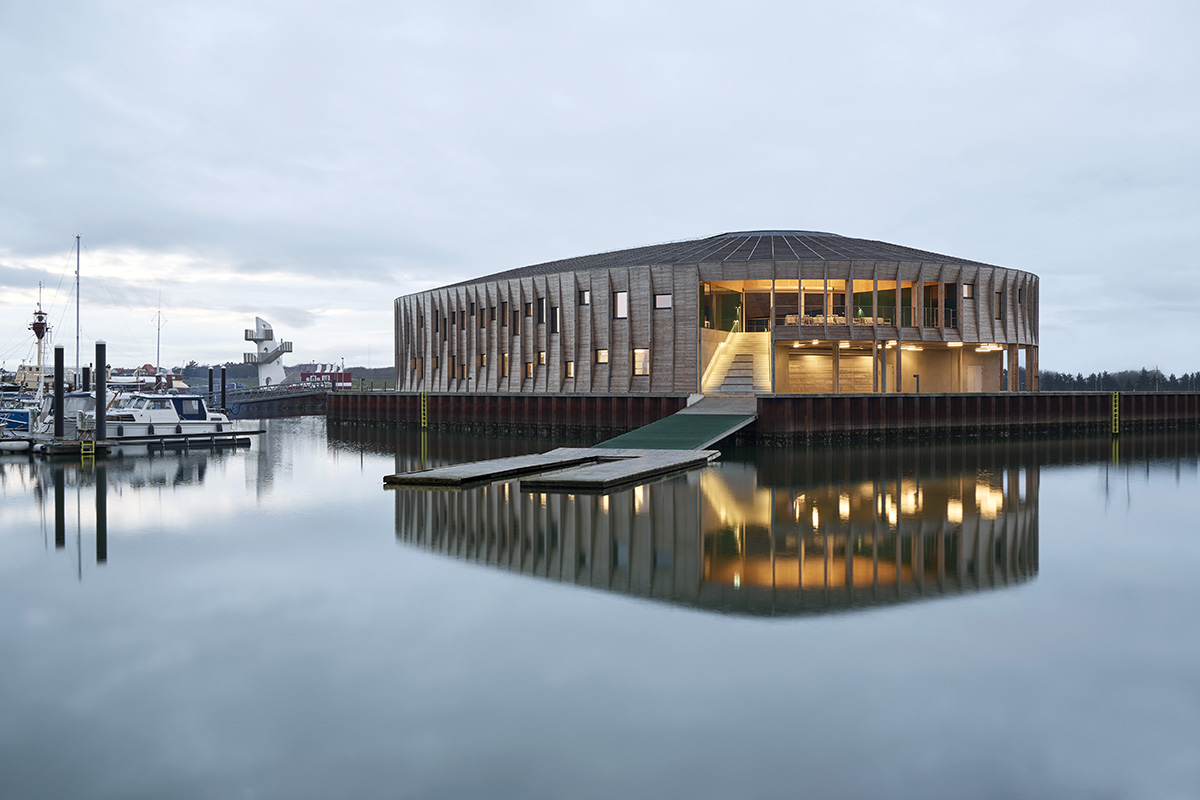
Norwegian architecture firm Snøhetta and Danish architetcure practice WERK Arkitekter have completed a maritime center on the Danish west coast, taking cues from wooden boat construction in the region.
Named The Lantern, the project, developed by WERK Arkitekter and Snøhetta, was completed in the result of a design competition held in 2019.
The new maritime center, situated on an artifical land in the seaport town Esbjerg, is created as a shared, community space for watersport clubs and visitors along the port. The new center is aimed to become a social maritime hub and architectural landmark of the town.
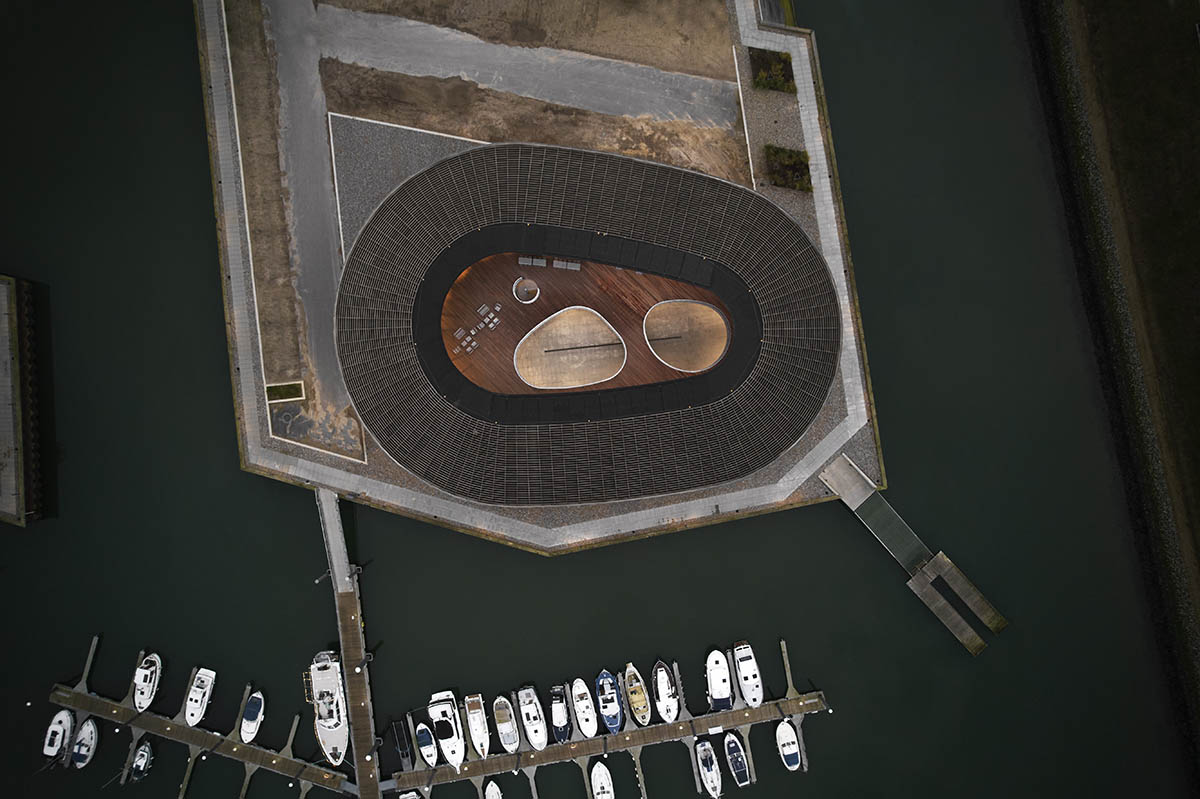
Taking the community values into the heart of the project, the circular building houses multiple watersport clubs, boat storage, training facilities, a large workshop space and social functions. The center is described as "a true hub for maritime activities".
Through its circular volume and open design, the building invites visitors in from every angle, which makes the building an accessible and inclusive.
"The goal has been to create a unique destination that lights up the Danish West Coast, so everyone can find their way to new communities at the sea," said Thomas Kock, Creative Director at WERK Arkitekter.

"The Lantern provides room for maritime activities and communities"
"The new center will invite to activity, engagement and learning for the visitors," according to Frank D. Foray, senior architect and project manager at Snøhetta.
Foray added that "The maritime center has room for everyone; from the experienced diver or professional kayaker to a crab-fishing school class or a random passer-by."
"The Lantern invites everyone to a peek inside the maritime life and outwards to the sea with its endless horizon," Foray continued.

On the upper level, the building accommodates various clubs, including clubs for rowing, kayaking, sailing, diving and triathlon, as well as common areas, an educational center and training facilities.
Boat storage and workshop space are placed on the lower level, directly connected to the sea by a bridge.

The team created large windows throughout the building’s façade so that the building could receive plenty of daylight. Permeable façade also provides allows visibility towards inwards, while also connecting the center to its surroundings.
The building glows warmly at night thanks to its windows, and this glow determines the building's name: The Lantern.
Laid out on a circular shape with wood material, the design is inspired by the geometry and craftmanship of boats, paying homage to the maritime tradition and its significance in the port of Esbjerg.

"Round-shaped holes between the terrace and the boat storage and preparation area bring daylight down to the ground floor's core and create a visual and social vertical link," said Snøhetta.
Based on the same traditional values, the team created a rhythm and repetition inspired by wooden boat construction, which is visible for both outside and inside.
The wood material was acquired from thermo-treated pine tree, used for the building's facade and roof construction.

According to the team, the repetitive pattern also reflects the water's energy with the pace and horizontal rippling effect experienced when throwing a stone in the water."
"The changes in the angle of the panels give varying shadows, inspired by the shapes of kayaks. The wooden rhythm continues on the roof, where solar panels are integrated in a belt around the top edge," added Snøhetta.
Encompassing a total of 2,800-square-metre area, the new Maritime Center was conceived as a space where the poetical merges with the practical components.

"The Maritime Center aims to find a balance between the mesmerizing and never-ending movements of the sea and practical everyday chores. A symbiosis between the beautiful and the raw, the elegant and the robust," the team added.
Considering the envrionmental natural forces in the area, the building was designed to resist against strong winds, while creating a shelter for the local community.
The building was planned for high water in case the water exceeds the new surrounding dam.

For this reason, the structure up to the first floor was made of concrete and was poured in one go. Besides, the wooden façade becomes a resisting element to withstand harsh weather conditions.
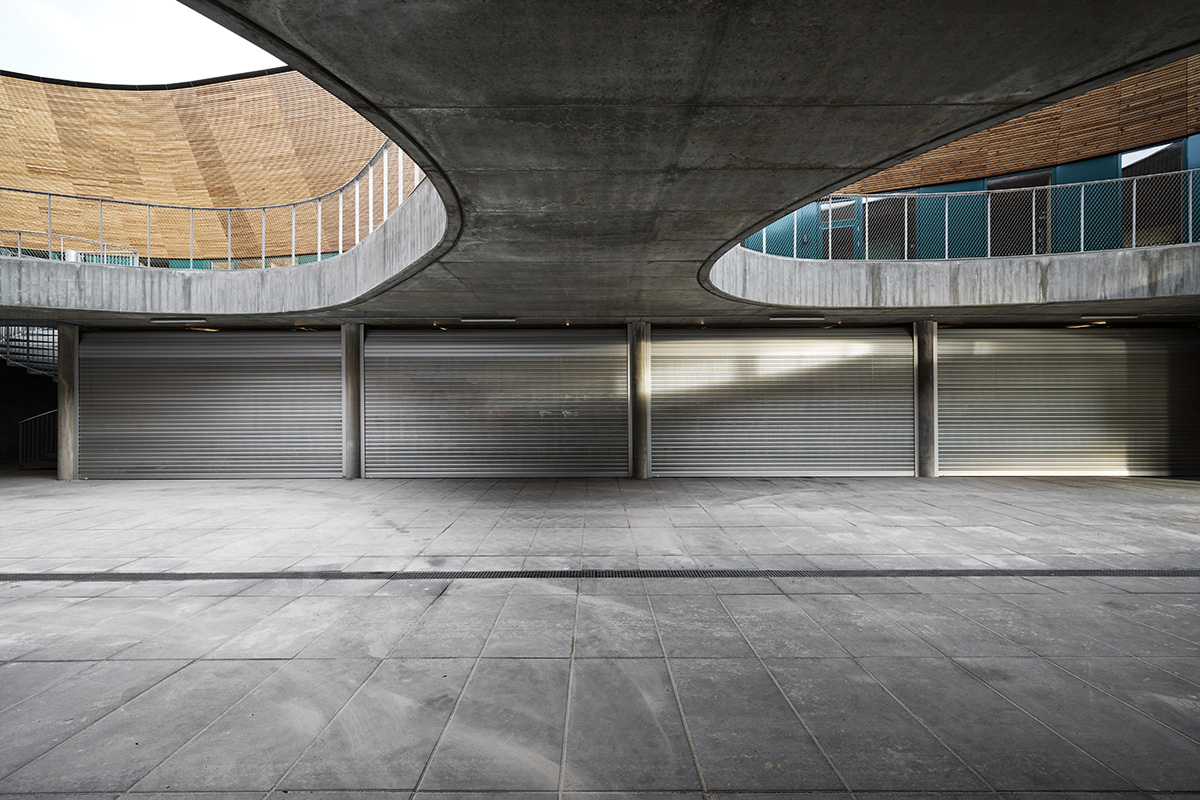





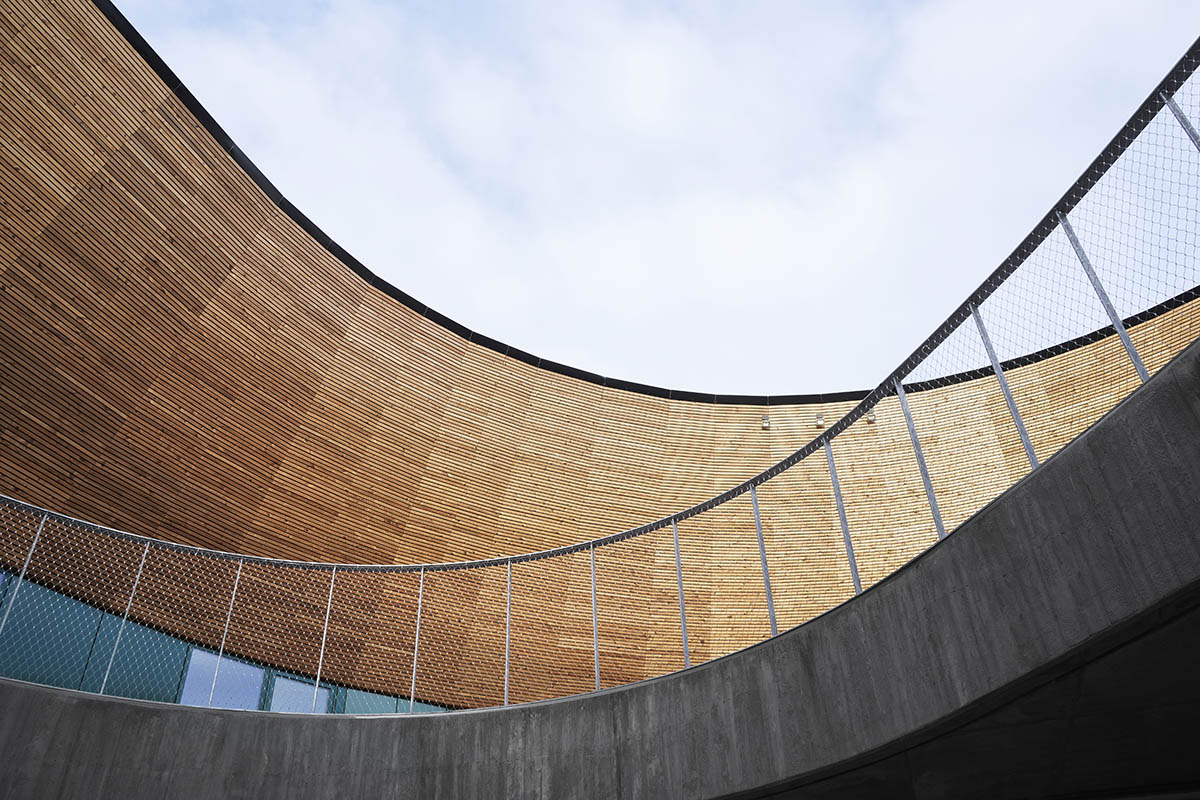

Site plan

Ground floor plan

First floor plan
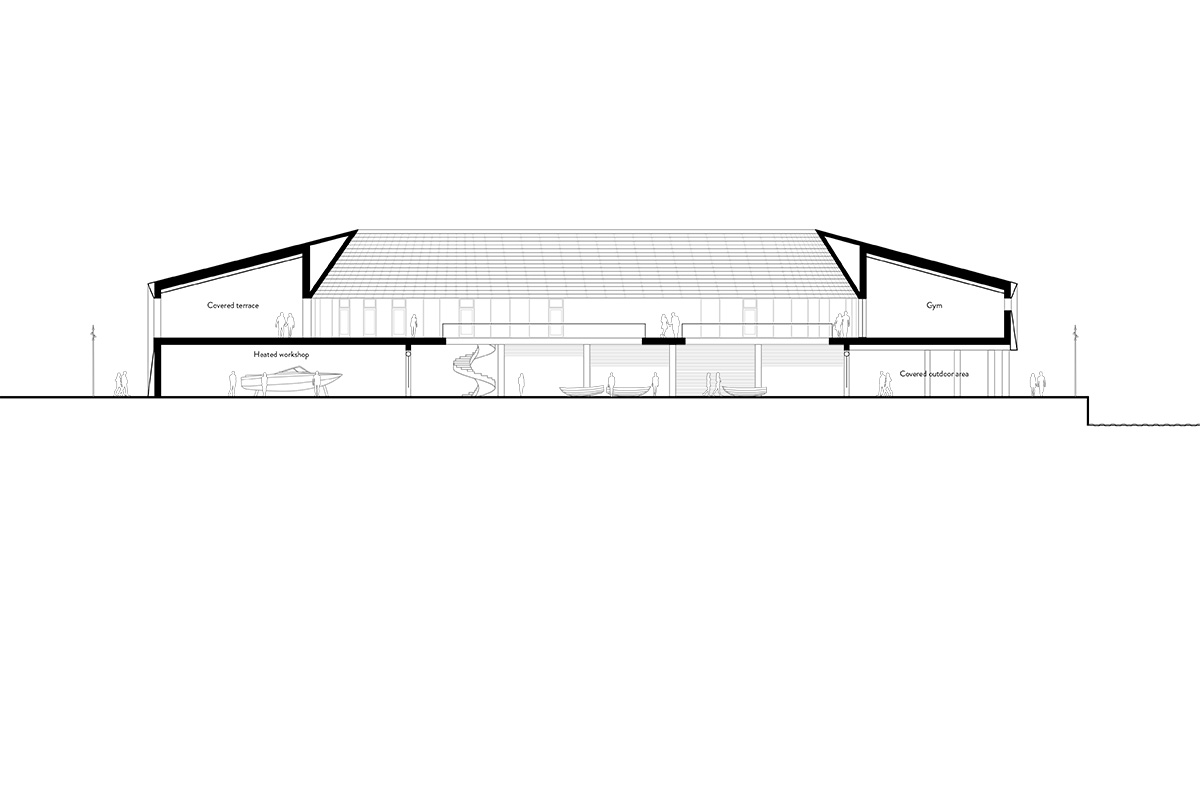
Section
Snøhetta's new forest-like Beijing Sub-Center Library in China in WAC's list of twelve buildings we look forward to be opened in 2023. The firm is also working on the transformation of the Natural History Museum of Lille in northern France.
Snøhetta, founded in 1989, is led by Craig Dykers and Kjetil Trædal Thorsen. The firm's portfolio spans projects in various typologies and sizes, ranging from architecture, interior design to products.
Danish architecture practice WERK is a progressive architecture office with many ambitious projects in Denmark and abroad. WERK consists of a dedicated team of planners, architects, and landscape architects.
Project facts
Project name: The Lantern
Architects: Snøhetta and WERK Arkitekter
Location: Esbjerg, Denmark
Size: Approx. 2800 m2 (approx. 3800m2 incl. terrace and boat storage)
Date: 2023
Client: Esbjerg Municipality
All images © wichmann+bendtsen photography.
All drawings © Snøhetta and WERK Arkitekter.
> via Snøhetta
